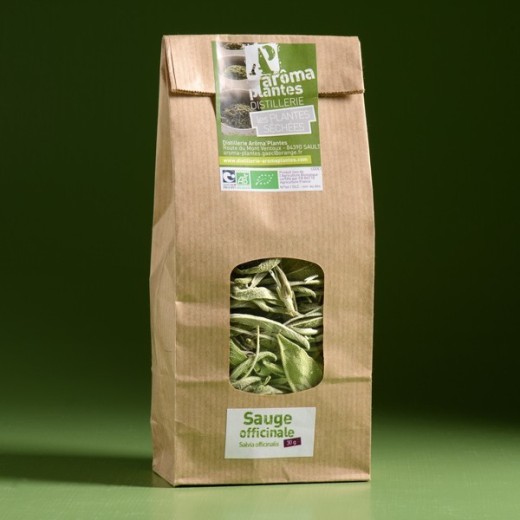

No products in the cart.




Origin: Aromaplantes
Part of the plant: leaves
Bag of : 30 gr
In the Middle Ages, it was used for its purifying properties and to cure eye problems, hence the name salvia, which means ‘to save’. The Greeks and Romans used it for its toning properties, and in Egypt women drank sage juice for its fertility-enhancing properties. Shamans and healers believed that it helped develop our visionary abilities. As far back as the 13th century, there was a popular saying: ‘Why should a man die when Sage is growing in his garden?
Here are some properties of Sage:
It gives personality to fougasse, bread, polenta, aubergine and potatoes. It is the ideal herb to accompany veal escalope. It should be used in moderation because of its strong fragrance.
Product of organic farming certified by FR BIO 10 - Agriculture France
Plant for food use
Therapeutic use of plants on medical advice.
- Les Plantes Aromatiques (Claude Gardet, Editions Jean-Paul Gisserot)
- Tisanes : guide pratique pour toute la famille (Dr Claire Laurant-Berthoud, Editions Jouvence)